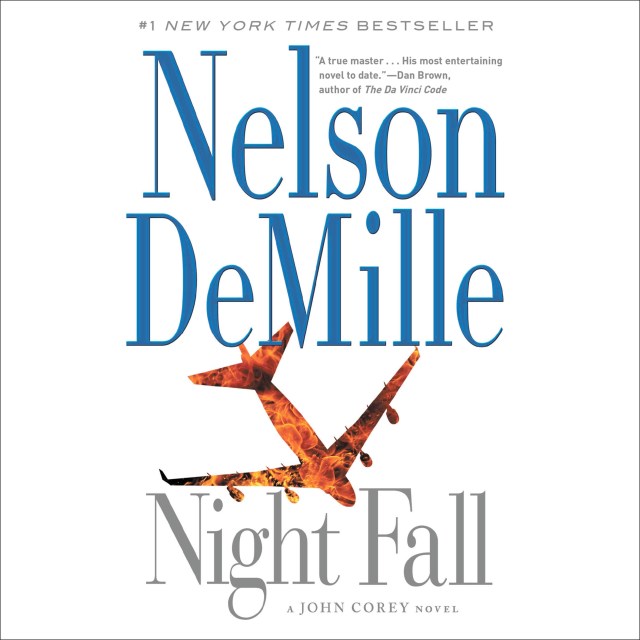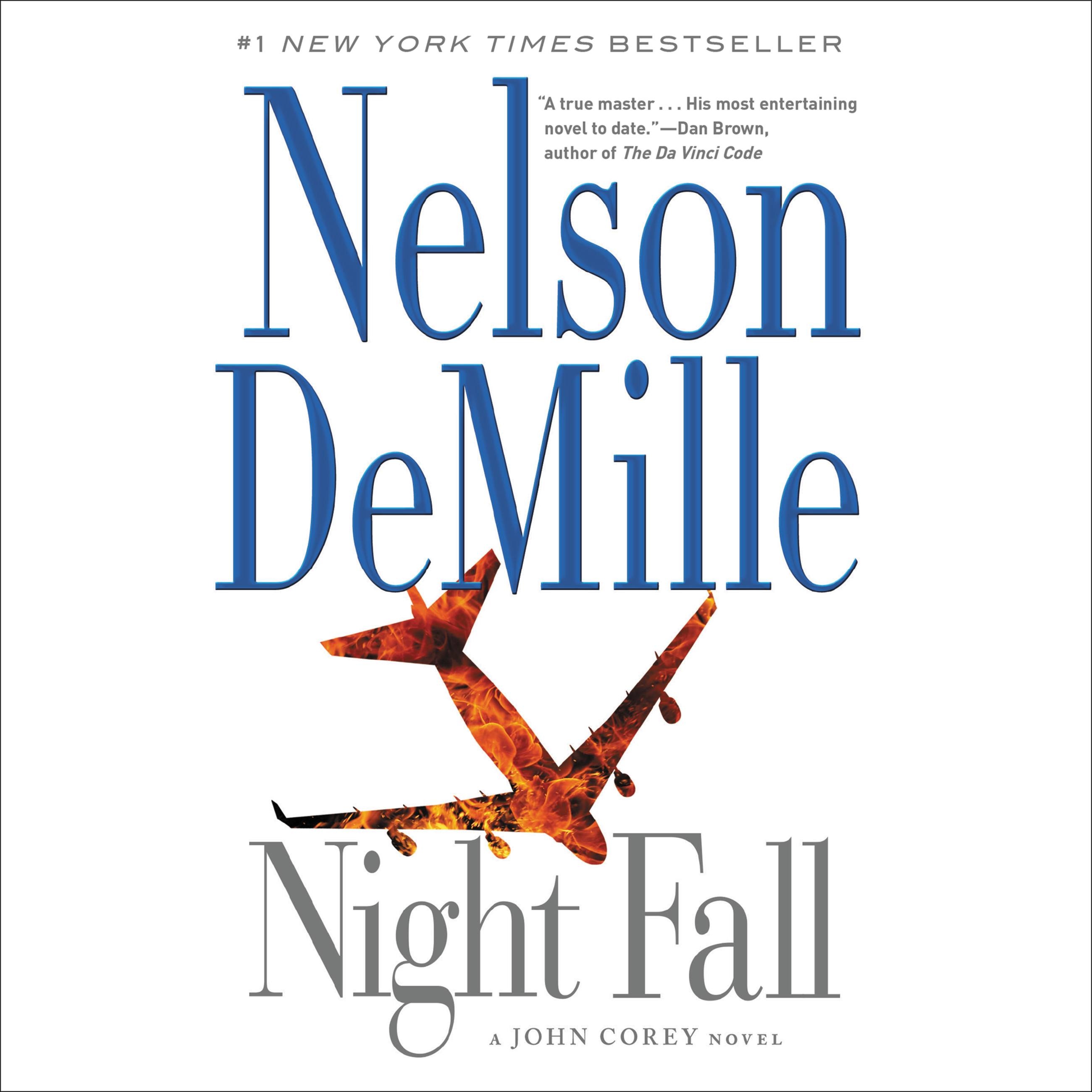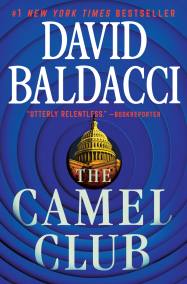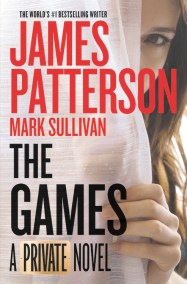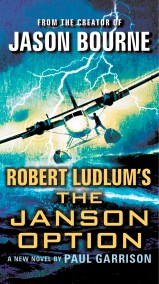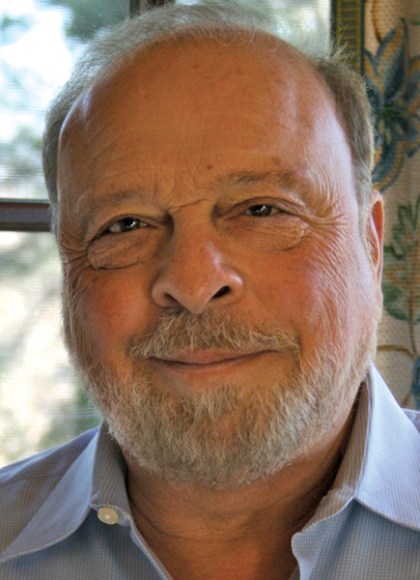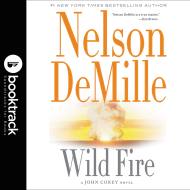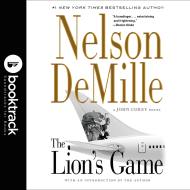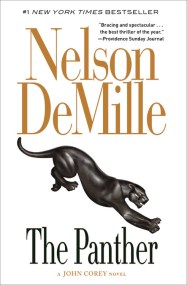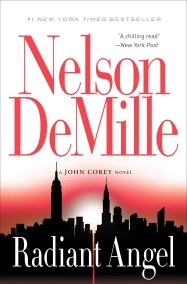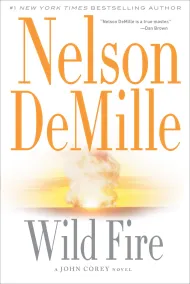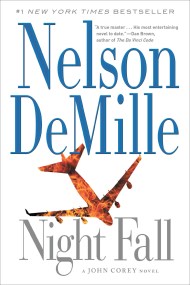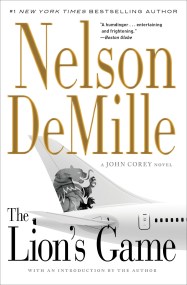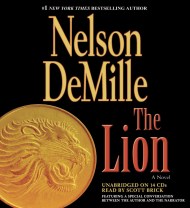Promotion
Use code MOM24 for 20% off site wide + free shipping over $45
Night Fall
Contributors
Read by Scott Brick
Formats and Prices
Price
$31.99Format
Format:
This item is a preorder. Your payment method will be charged immediately, and the product is expected to ship on or around April 1, 2005. This date is subject to change due to shipping delays beyond our control.
Also available from:
New York Times bestselling author Nelson DeMille does it again with Elite Anti-terrorist Task Force Agents John Corey and Kate Mayfield discovering corruption deep in the FBI and they set out to find the truth.
On a Long Island beach at dusk, Bob Mitchell and JanetWhitney conduct their illicit love affair in front of a video camera, set to record each steamy moment. Suddenly a terrible explosion lights up the sky. Grabbing the camera, the couple flees as approaching police cars speed toward the scene. Five years later, the crash of Flight 800 has been attributed to a mechanical mal-function.
But for John Corey and Kate Mayfield, both members of the Elite Anti-terrorist Task Force, the case is not closed. Suspecting a cover-up at the highest levels and disobeying orders, they set out to find the one piece of evidence that will prove the truth about what really happened to Flight 800-the videotape that shows a couple making love on the beach and the last moments of the doomed airliner.
On a Long Island beach at dusk, Bob Mitchell and JanetWhitney conduct their illicit love affair in front of a video camera, set to record each steamy moment. Suddenly a terrible explosion lights up the sky. Grabbing the camera, the couple flees as approaching police cars speed toward the scene. Five years later, the crash of Flight 800 has been attributed to a mechanical mal-function.
But for John Corey and Kate Mayfield, both members of the Elite Anti-terrorist Task Force, the case is not closed. Suspecting a cover-up at the highest levels and disobeying orders, they set out to find the one piece of evidence that will prove the truth about what really happened to Flight 800-the videotape that shows a couple making love on the beach and the last moments of the doomed airliner.
Genre:
- On Sale
- Apr 1, 2005
- Publisher
- Hachette Audio
- ISBN-13
- 9781594831393
Newsletter Signup
By clicking ‘Sign Up,’ I acknowledge that I have read and agree to Hachette Book Group’s Privacy Policy and Terms of Use
